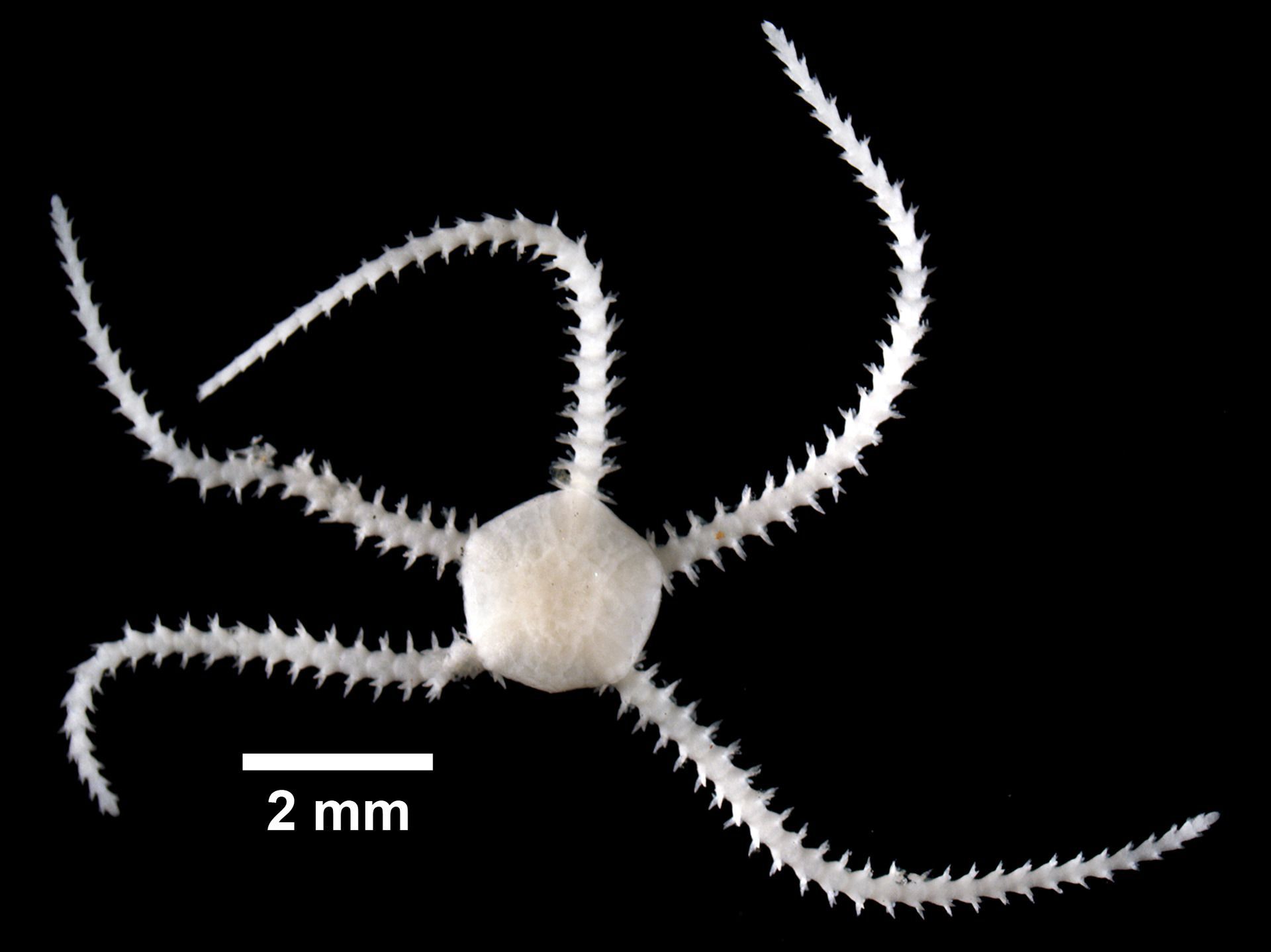This brooding brittle star has monster-sized DNA
Embargoed until:
Publicly released:
2024-08-07 09:01
The brooding brittle star, which can be found in rockpools across Australia and the world, has monster-sized DNA, sporting a massive genome that includes duplicated chromosomes, known as polyploidy, according to Australian research. The researchers say the genes of this brittle star are so diverse and varied that it can hardly be called a species. They say such a diverse range of genetic resources has potentially driven it to become one of the most widespread marine animals.
Journal/conference: Royal Society Open Science
Research: Paper
Organisation/s: Museums Victoria, The University of Sydney
Funder: There was no specific funding for this work
Media release
From: The Royal Society
Genetic variation in the brooding brittle-star: a global hybrid polyploid complex?
The secret of success in evolutionary biology are not always obvious. The most inconspicuous of animals can conceal complex life histories and tortuous evolutionary development. The brooding brittle-star Amphipholis squamata, common in coastal rockpools across the planet, is such an animal. It has a massive genome arising from the duplication of chromosomes (polyploidy), frequent hybridisations between lineages, and potentially asexual reproduction. It can hardly be called a species, the genes within this super-lineage are as diverse as within many genera. Such a diverse range of genetic resources has potentially driven it to become one of the most widespread marine animals.
Attachments:
Note: Not all attachments are visible to the general public
-
The Royal Society
Web page


